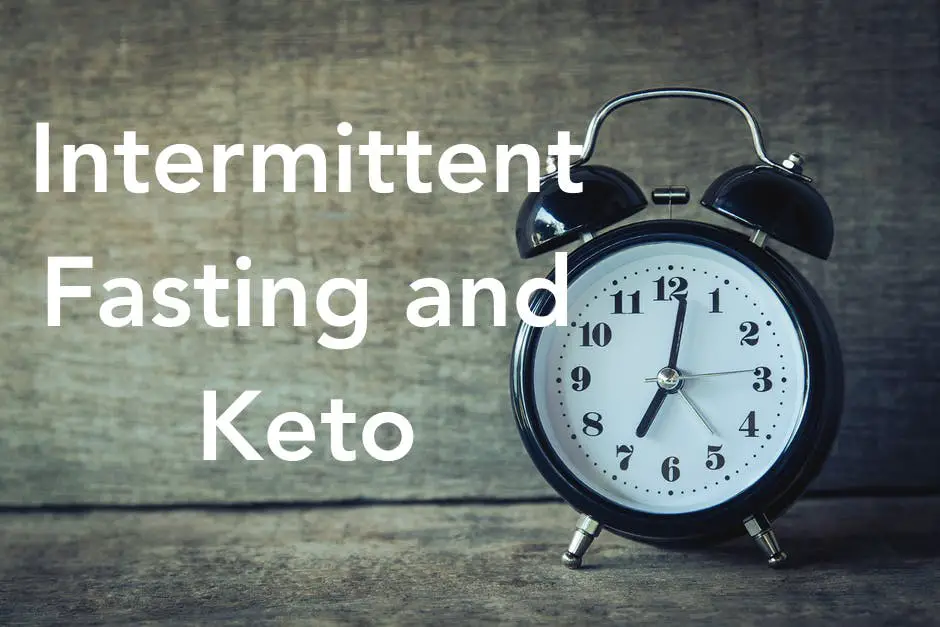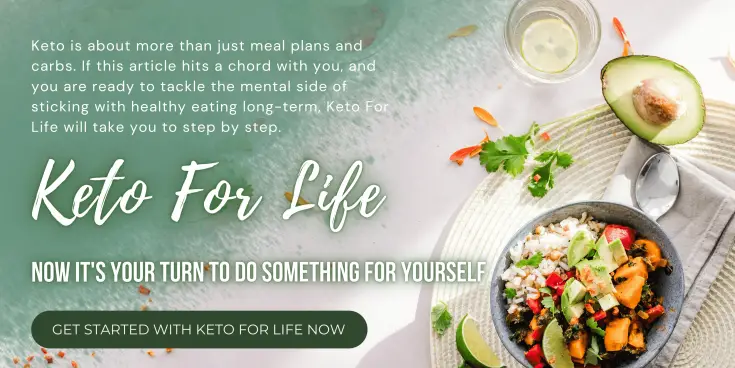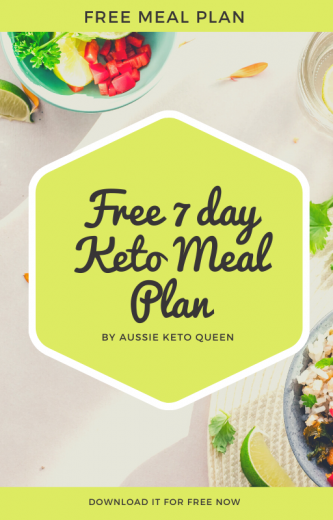
Intermittent fasting, or simply the idea of skipping meals or eating within a certain window, has been around for a long time. Intermittent fasting on keto is a different ball game, as you are fuelling your body with an entirely new source – fat!
IF has been brought into recent publicity by Dr Michael Mosley through both his book, The 5:2 Fast Diet For Beginners and his website, https://thefastdiet.co.uk/
Dr Mosley is a major promoter of fasting and once you dive into the scientific evidence, you can see why.
Based on these studies and my own experience, I have learnt that there are a number of different ways of fasting and using intermittent fasting on keto effectively.
These are summarised simply below;
5:2 Fasting
You eat normally for 5 days, and have 2 fast days of around 500 calories.
16:8 Fasting
You fast for 16 hours a day, and then consume your daily calories in a 6 hour window (most people eat from 1pm – 7pm)
Alternate Day Fasting
On each alternate day, you eat around 500 – 600 calories and return to your normal calorie intake the following day
Spontaneous Fasting
Fasting as you see fit, when your body feels like it. Only eating when hungry and skipping meals when it fits in with your hunger and lifestyle
Extended Fast
This could be anywhere from 1 – 2 days to extremely long times, with some studies following people who have fasted for over a year.
Benefits of Intermittent Fasting on Keto
1. Consuming Less Calories and Understanding what Hungry Really Feels Like
Once you are keto adapted, your body is surviving off fat and ketones rather than carbohydrates. One major benefit of this is feeling hungry less often, and as a result, naturally consuming less calories.
By combining this natural state of nutritional ketosis with intermittent fasting, you become aware of when you are really hungry as opposed to eating out of habit, boredom, stress or other emotions.
Realising when your body is actually hungry is a true key to succeeding on ketosis.
2. Planning ahead saves money on food
Planning a fast day/period or fasting window each day makes you very conscious of how much money you were spending on food. When you are no longer constantly thinking about food, you stop buying it and eating it as a time filler and rather only buy what you actually need.
If you plan a few fast periods into your weekly meal plan, you’ll end up saving money.
3. Saving time
You have more time when you are eating less. When I fast from dinner to dinner, I find I am more productive during the day because I’m not stopping to eat, prepare food, do dishes and need to shop less.
4. Improved insulin sensitivity
If you have been reading a bit about the keto diet, you will know that insulin sensitivity is one of the major reasons that most people are on a carb addiction cycle. When our bodies create too much insulin (from eating too many carbs/sugar), we become almost immune to it and constantly feel hungry.
Fasting resets your insulin sensitivity, meaning you feel fuller for longer when you are eating healthy fats and you don’t crave carb laden foods like you may once have.
5. Cell Regeneration & Repair
More and more research is being done into the amazing health benefits of Intermittent Fasting, and a really key area of study is the repair and regeneration of your cells. As you know, your entire body is made up of cells and repairing these are crucial to your overall health.
From a recent study author;
We could not predict that prolonged fasting would have such a remarkable effect in promoting stem cell-based regeneration of the heatopoietic system. When you starve, the system tries to save energy, and one of the things it can do to save energy is to recycle a lot of the immune cells that are not needed, especially those that may be damaged. What we started noticing in both our human work and animal work is that the white blood cell count goes down with prolonged fasting. Then when you re-feed, the blood cells come back.
Source:
Things to Consider Before Starting Intermittent Fasting On Keto
Start Easy and Take It Slow
If you are interested in trying out intermittent fasting while on keto, I would suggest starting slowly and easing yourself into it. From personal experience, I have found the 16:8 fasting pattern to be the most manageable. Most people can handle not having breakfast, and then having lunch at 1pm or 2pm and heading home to a filling dinner.
Spontaneity
Going with the flow becomes a bit difficult – your friend wants to go out for lunch unexpectedly, you forgot there was a work luncheon on or you had dinner plans on your fast day. Choose your fast days around your lifestyle to make this work for you!
Exercising While Fasting
Exercising is generally a no go while fasting, especially if you are new to it. While a walk or slow jog is ok for most people, any sort of weights or strength exercise can be difficult, exhausting and in some cases dangerous if you are pushing yourself too hard. Listen to your body – there are many professional athletes who will train fasted, but always proceed with caution.







TightrTone Keto Reviews
Saturday 29th of April 2023
TightrTone Keto Reviews
Intermittent Fasting On Keto - Aussie Keto Queen
Keto Laksa with Chicken and Prawns | Aussie Keto Queen
Wednesday 4th of August 2021
[…] You can read more about my views on Intermittent Fasting on Keto here. […]
Day 10 of the 21 Day Keto Challenge | Aussie Keto Queen
Tuesday 10th of September 2019
[…] go into more detail on the different types of fasting here, but there’s so much more talk about fasting than ever […]
Nicola Hood
Wednesday 13th of February 2019
I’ve been 16/8 IF for some time. I am struggling to know if I am eating enough. Most days I don’t meet the macros. I’m constantly juggling between a bigger first meal and then nothing until dinner or a smaller first meal, a small second meal and dinner. Can’t seem to figure it out. I also often workout in the morning or just before the first meal - should I eat more? I’ve been trying to find a Keto IF meal plan - most seem to squeeze 3 meals in...
Rachel
Thursday 14th of February 2019
Your protein macro is the only one you need to meet so focus on meeting that first and foremost, and then eating fats until you are hungry. IF doesn’t work for everyone or you might want to modify it around your workouts if you are feeling weak or light headed. It takes a bit of trial and error to work out what is for you. I personally eat a medium size meal around 2.3pm and then main meal around 7pm, and occasionally a snack around 9pm because that’s what works for me.
Lones
Saturday 24th of November 2018
If I'm fasting 16 hours - and not overdoing my meals, when do I get time to eat a Keto scone or bounty bar...?
Rachel
Saturday 24th of November 2018
There's no need for the snacks - they are just an optional extra if you are wanting a treat! I sometimes fast until around 3 - 4 pm, have a small snack (eg. boiled eggs), a Keto dinner and then a small treat afterward.
I see the treats as great for entertaining or getting through particularly bad sweet cravings, not a necessary part of a Keto diet.